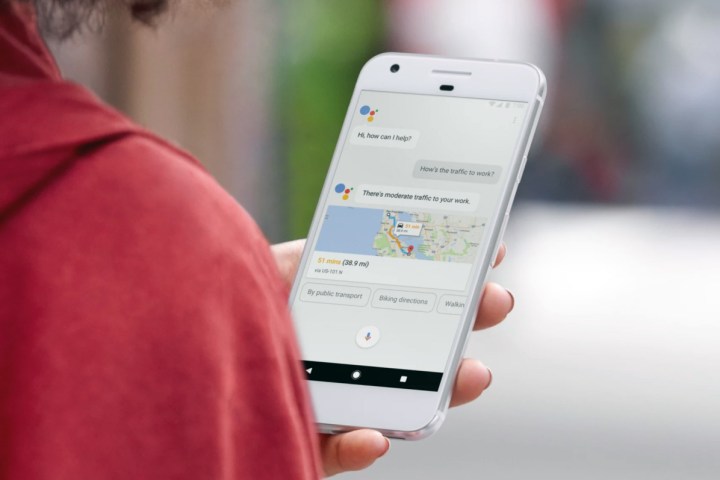
In a blog post, StatCounter called the current situation “unthinkable five years ago.” After all, for years, Microsoft has been the undisputed leader when it comes to total internet usage across desktop, laptop, tablet, and mobile combined (we should note that StatCounter does not measure OS market share in terms of device shipments).
As Aodhan Cullen, CEO of StatCounter noted, “In January 2012 Windows held a 82 percent global internet usage share compared to just 2.2 percent for Android.” The shift in popularity may be attributed to the rise of the smartphone as a major medium through which to access the internet, as well as the decline in sales of traditional PCs. Of course, Windows is still the most popular worldwide operating system desktop market (PC and laptop), claiming 84.1 percent of internet usage share in February.
“Windows has won the desktop war but the battlefield has moved on,” commented Cullen. Indeed, StatCounter found that last October, internet usage from mobile and tablet devices exceeded desktop and laptop sales worldwide for the first time. And this trend seems to be one that will only continue favoring smaller devices, where Android certainly reigns supreme.
“Windows 10 will need to maintain momentum in order to combat the steady march of Android across all markets,” Cullen concluded. So watch out, Windows. Don’t get too comfortable on that throne anytime soon.
Editors' Recommendations
- Windows 11 may bring Live Tiles back from the dead — sort of
- The most common Windows 11 problems and how to fix them
- The Windows 11 Android app dream is dead
- Microsoft may fix the most frustrating thing about Windows updates
- A new Windows 11 hardware system requirement may be incoming


